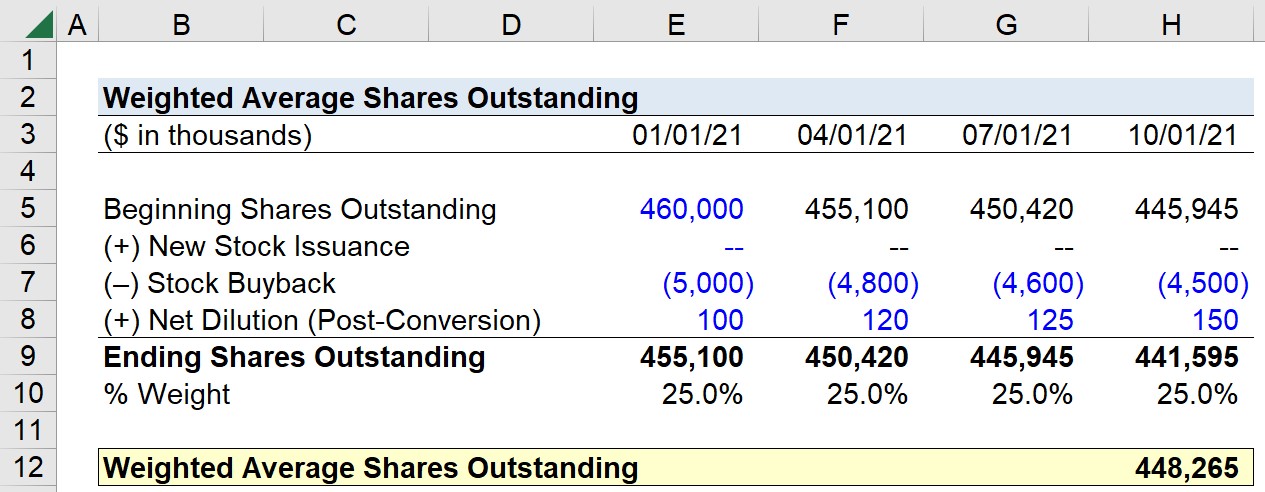

Finance
Pain Trade Definition
Published: January 5, 2024
Discover the meaning of the Pain Trade in finance and how it affects market sentiment. Gain insights into this powerful concept in investing.
(Many of the links in this article redirect to a specific reviewed product. Your purchase of these products through affiliate links helps to generate commission for LiveWell, at no extra cost. Learn more)
Unraveling the Mystery of the Pain Trade in Finance
Finance is a complex world filled with its fair share of jargon and buzzwords. One term that has been gaining popularity recently is the Pain Trade. But what exactly does it mean? In this article, we will uncover the mystery behind the Pain Trade and explain its significance in the world of finance.
Key Takeaways:
- The Pain Trade refers to a scenario in which investors experience unexpected losses due to a significant market movement that goes against their expectations.
- It is often caused by a combination of market dynamics and investor behavior, making it difficult to predict and navigate.
Understanding the Pain Trade
The Pain Trade, in essence, is a phenomenon where investors find themselves on the wrong side of a trade, resulting in losses. It occurs when the market moves in a way that goes against their expectations, causing them pain and frustration. While it may sound simple enough, the Pain Trade is far from being predictable, making it a challenge for even the most experienced investors.
So, what causes the Pain Trade? It can be attributed to a combination of factors, including market dynamics, investor sentiment, and unexpected events. These variables create a scenario where the market moves in an unforeseen direction, catching many investors off guard.
Investor behavior also plays a crucial role in the Pain Trade. It often stems from the herd mentality, where investors tend to follow the crowd rather than relying on their own analysis and judgment. When a significant market movement occurs, it can trigger panic selling or buying, exacerbating the pain felt by those who were caught in the opposite position.
The Importance of Managing the Pain Trade
As an investor, it is crucial to be aware of the Pain Trade and take steps to minimize its impact. Here are a few key strategies to consider:
- Diversify your investments: By spreading your investments across different asset classes and sectors, you can reduce the risk of being heavily exposed to a single trade that could result in significant losses.
- Stay informed and adapt: The financial markets are constantly evolving, and it’s important to stay informed about the latest trends and events. By staying flexible and adapting your investment strategy when necessary, you can better navigate the potential pitfalls of the Pain Trade.
- Have a risk management plan: It’s crucial to have a clear risk management plan in place that includes stop-loss orders and predetermined exit points. This can help limit your losses and prevent you from holding on to losing positions for too long.
The Pain Trade is a phenomenon that every investor should be familiar with. While it can be unpredictable and difficult to navigate, by understanding its causes and implementing sound risk management strategies, you can better position yourself to avoid painful losses and potentially capitalize on unexpected market movements.
So, the next time you hear the term “Pain Trade” in the finance world, you’ll have a better understanding of what it means and how it can impact investors. Remember, knowledge is power, and being prepared can make all the difference in your financial journey.














